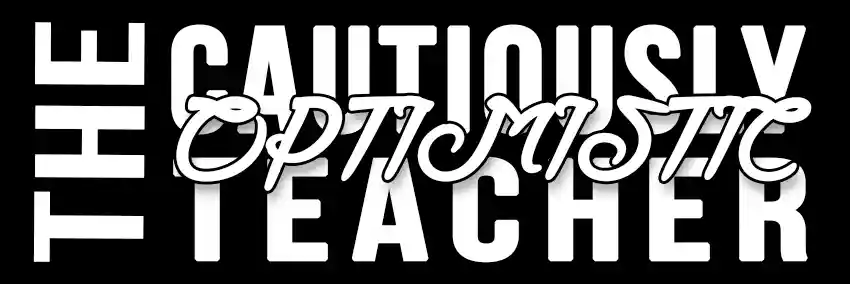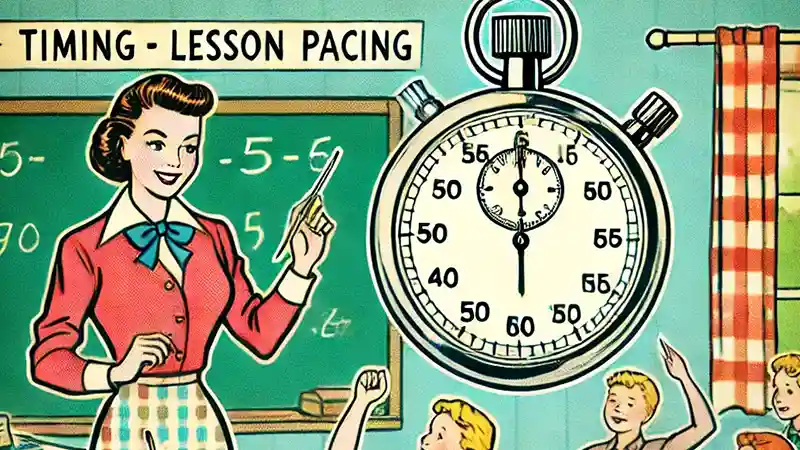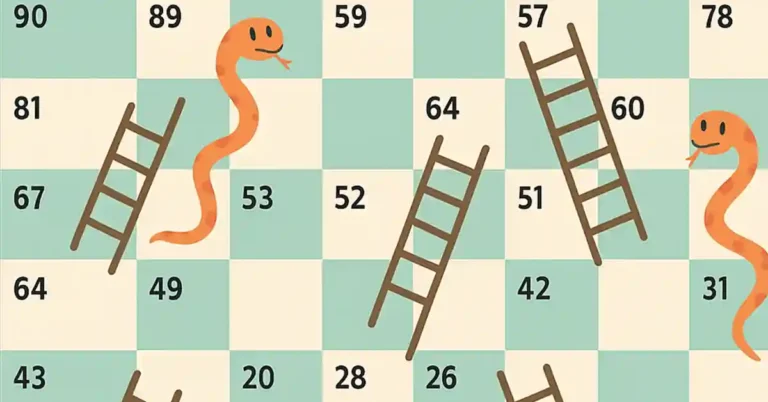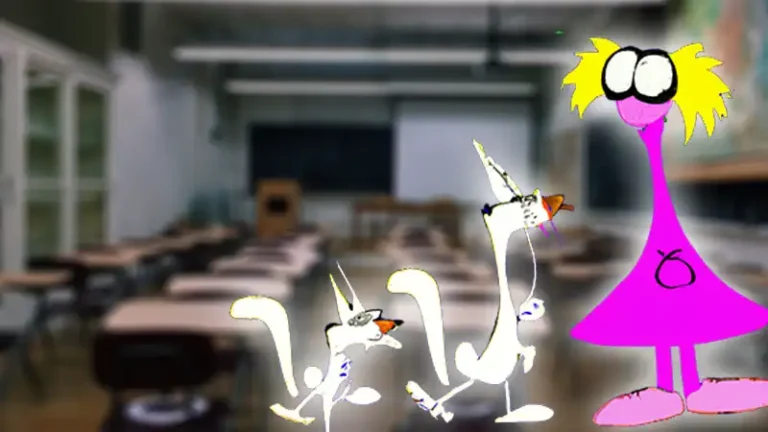Enhance Student Learning with Recency and Primacy Strategies
As teachers, we know that how and when we present information can make all the difference in how well our students understand and remember it. That’s where the concepts of recency and primacy effects come into play, straight from cognitive psychology. The recency effect tells us that students are more likely to remember what they hear at the end of a lesson, while the primacy effect suggests that the first things they learn stick with them the longest. By using these principles in our teaching, we can make sure that our students retain the most important information from our lessons.
I’ve found that structuring lessons to take advantage of these effects can really maximize student retention. If we start strong and finish strong, we can reinforce key concepts and keep students engaged throughout the lesson. And in today’s classrooms, where attention spans can be short, knowing how to time our teaching can be the key to making sure students walk away with the knowledge they need.
Understanding Recency and Primacy Effects
Definition of Recency Effect
The recency effect is something I’ve seen in my classroom time and time again. Essentially, students are more likely to remember the last pieces of information they encounter. So, if we wrap up our lessons with a powerful summary or reinforce a key idea in the final moments, that’s the information that tends to stick. For example, during assessments, I’ve noticed that students often recall the points we discussed at the very end of a lesson. By intentionally placing important content at the end, we can help ensure it’s fresh in their minds when they need it most.
Definition of Primacy Effect
On the flip side, the primacy effect shows us that the beginning of a lesson is just as crucial. When we start a lesson with key information or a strong introduction, students are more likely to remember it. I always try to capture my students’ attention right at the start, whether it’s with a compelling question, an engaging story, or a crucial concept that lays the groundwork for the rest of the lesson. This initial focus sets the tone and helps students form a cognitive framework that supports their learning as the lesson progresses.
By keeping both the recency and primacy effects in mind, we can create lessons that not only engage our students but also help them retain the most important information long after they’ve left our classroom.
Structuring Lessons Around Recency and Primacy
The First Five Minutes
When I’m planning a lesson, I always think about how to make the first five minutes count. This is the time when students are most alert and ready to absorb new information, so it’s crucial to load the most critical content right at the start. One strategy I like to use is kicking off with a thought-provoking question that ties directly into the lesson’s core ideas. This not only grabs their attention but also gets them thinking critically from the get-go. Alternatively, starting with a key concept overview or a surprising fact can set the stage and give students a clear framework for what they’re about to learn.
By front-loading important information, we’re leveraging the primacy effect to ensure that these essential points are more likely to stick with our students. Whether it’s a central theme, a foundational concept, or a must-know fact, placing it in those first few minutes gives it the best chance of being remembered.
The Last Five Minutes
Just as the beginning of the lesson is crucial, so too are the final moments. The last five minutes are our opportunity to reinforce the key points of the lesson and ensure they resonate with students. To capitalize on the recency effect, I often use this time to summarize the main ideas we’ve covered, highlight the most important takeaways, or provide a quick review. This could be as simple as asking students to recall what they’ve learned or guiding them through a brief recap of the day’s key concepts.
I’ve found that these strategies help solidify the information in students’ minds, making it more likely they’ll retain it long-term. Whether through a quick summary, a reflective question, or even a short discussion, the goal is to leave them with the most important content fresh in their memory as they walk out the door.
The Five-Minute Rule for Sustaining Interest
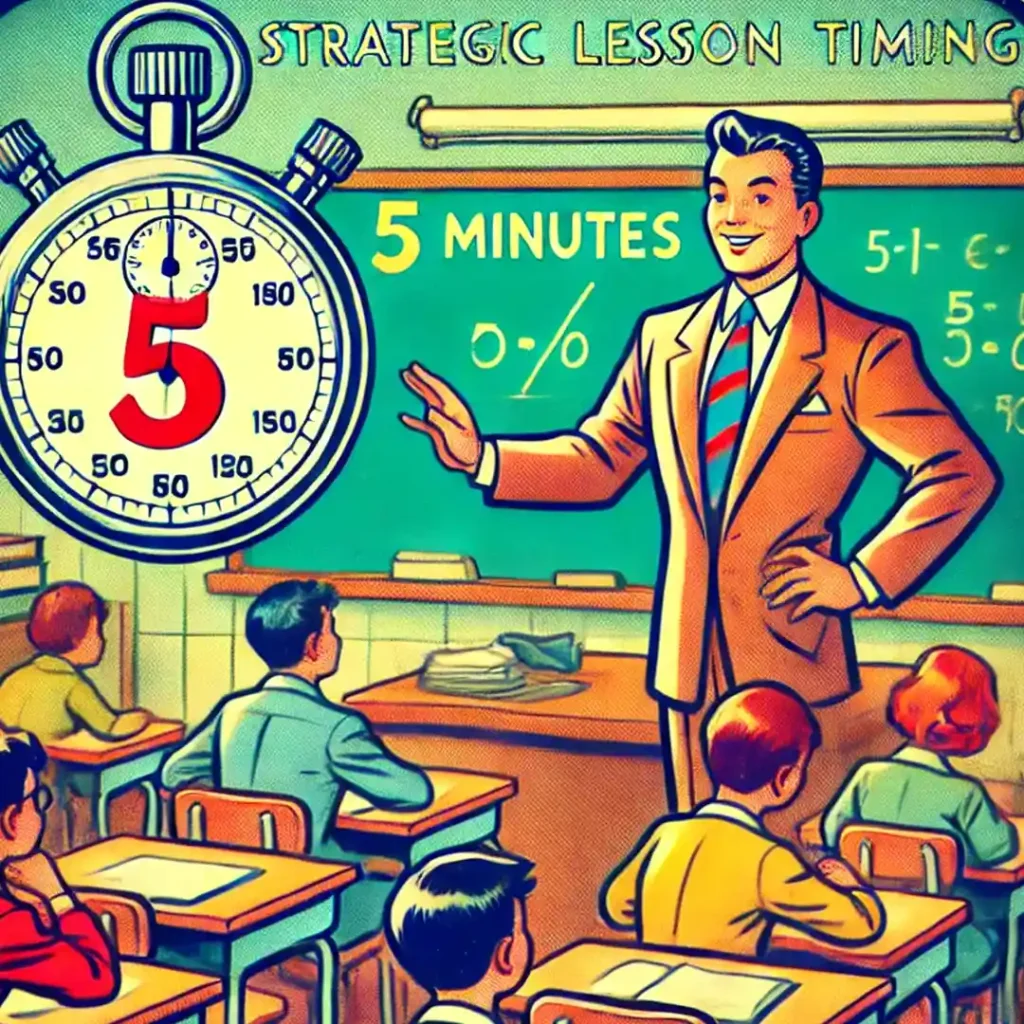
Why Switching Modes Matters
One thing I’ve learned is that students’ attention spans can start to wane after about five minutes of focusing on a single activity or type of content. This is where switching modes becomes essential. By changing up what we’re doing every five minutes or so, we can keep students engaged and prevent cognitive fatigue. It’s not just about keeping things interesting—it’s about giving their brains a chance to reset and refocus, which ultimately helps them absorb more information.
Switching modes doesn’t have to be complicated. It can be as simple as moving from direct instruction to a short anecdote, or from taking notes to having a brief class discussion. These transitions help maintain energy and attention, making it easier for students to stay on track throughout the lesson.
Applying the Five-Minute Rule
Here’s how I typically structure a lesson using the five-minute rule:
- First 5 Minutes: I start with delivering the most critical information. This could be a direct instruction segment where I introduce a new concept or explain a key idea.
- Next 5 Minutes: Then, I transition to a different mode. Maybe I’ll tell a related story, share an anecdote that ties into the topic, or engage students in a quick class discussion. This shift not only keeps things interesting but also allows students to connect the information to something relatable.
- Following 5 Minutes: After that, I return to presenting new content, continuing the lesson with another burst of direct instruction. But again, after about five minutes, I switch things up—perhaps moving into group work, a hands-on activity, or even a brief video that illustrates the concept in a different way.
To make these transitions seamless, I like to use a variety of tools and techniques. Sometimes it’s as simple as using multimedia to visually break up the lesson, or incorporating short, interactive activities that get students moving or talking to each other. The key is to keep the energy flowing and ensure that no one activity drags on for too long. Check out these differentiated instruction techniques for your classroom!
By structuring lessons this way, we’re not only keeping students engaged but also helping them retain more information. It’s a win-win: the content is delivered effectively, and students are more likely to stay focused and interested from start to finish.
Practical Tips for Teachers
Planning and Pacing
When it comes to planning lessons with the recency and primacy effects in mind, a little foresight goes a long way. Start by identifying the most critical information you want your students to remember, and plan to introduce it right at the beginning and reinforce it at the end of your lesson. Think of your lesson as a well-structured story: it should start with a strong opening that captures attention, flow through engaging content, and close with a memorable conclusion that reinforces key points.
It’s also important to be flexible and responsive during your lesson. While having a plan is essential, being able to adapt based on how students are responding in real-time is just as crucial. If you notice students losing focus or becoming disengaged, it might be time to switch modes sooner than planned. On the flip side, if a particular discussion or activity is resonating well, don’t be afraid to extend it. The key is to strike a balance between following your lesson plan and being attuned to your students’ needs.
Tools and Techniques

There are several tools and techniques that can help you implement these strategies effectively. For pacing, simple tools like timers can be incredibly useful. Setting a timer for each segment of your lesson can help you stay on track and ensure that no part of the lesson drags on too long.
Multimedia resources are also great for switching modes. Videos, interactive presentations, or even simple visual aids can break up direct instruction and keep students engaged. Incorporating brain breaks—short, timed activities that allow students to move or do something different—can also help reset their attention and keep energy levels up.
Active learning strategies, such as think-pair-share, small group discussions, or quick reflection exercises, are perfect for those mode switches. These techniques not only vary the pace but also encourage student participation and deeper understanding.
I’ve seen teachers successfully use these strategies in diverse classrooms. For example, one teacher I know uses a mix of storytelling and direct instruction to teach history, switching every five minutes to keep the class engaged. Another teacher integrates brief movement activities between math problem sets, helping students stay focused during a long block of instruction. These approaches have not only kept students interested but have also improved their retention and understanding of the material.
Conclusion: Enhancing Student Learning through Strategic Timing
Using the recency and primacy effects alongside the five-minute rule can be a game-changer in the classroom. By strategically planning when and how you present key information, you can significantly boost student engagement and retention. These techniques allow you to structure your lessons in a way that aligns with how students naturally learn, making the most of their cognitive strengths.
I encourage you to experiment with these strategies and see how they impact your classroom. Pay attention to how your students respond, and don’t be afraid to tweak your approach as you go. The more you tailor these techniques to your unique teaching style and your students’ needs, the more effective they’ll become.
Take some time to reflect on your current teaching practices. How could you adjust your lesson planning to better incorporate the principles of recency and primacy? What small changes could you make to keep your students engaged and ensure they’re retaining the most important information? By thoughtfully integrating these strategies, you can create a learning environment that not only educates but also inspires your students to remember what they’ve learned long after the lesson ends.
Medina, John. Brain Rules: 12 Principles for Surviving and Thriving at Work, Home, and School. Pear Press, 2014.
